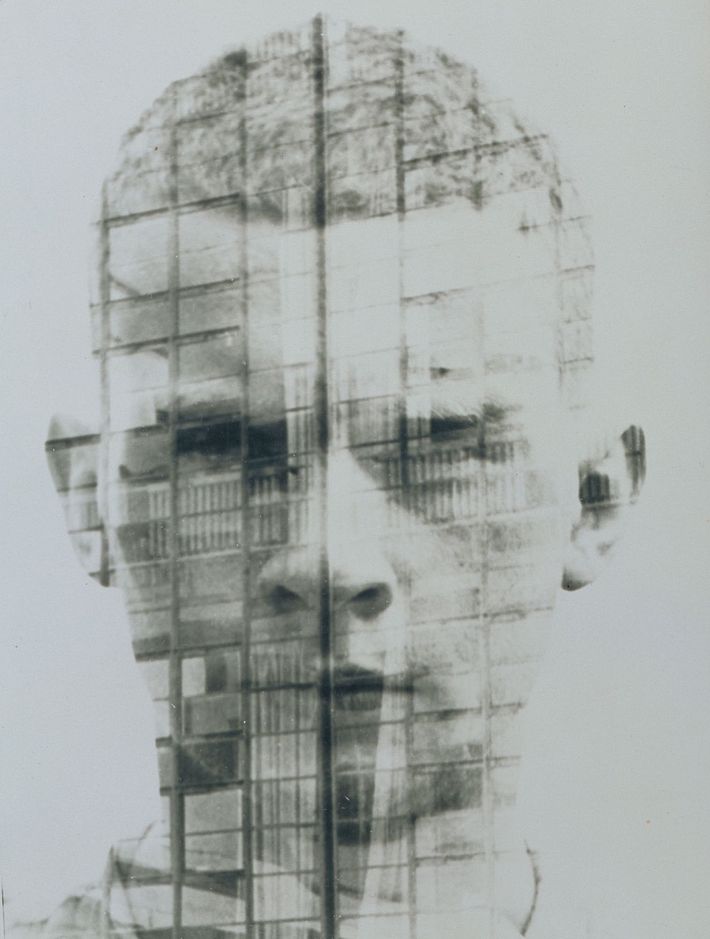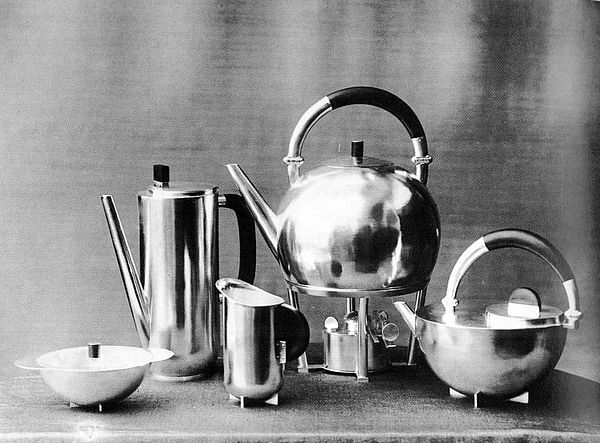Photography
1929–1933
Versatile interdisciplinary experimentation with the medium of photography began early at the Bauhaus, but only in 1929 was a photography class established, led by photographer Walter Peterhans.

Masters and Teachers
László Moholy-Nagy
Walter Peterhans
[Translate to English:] Headline
During the Weimar phase of the Bauhaus, photography was initially used as a documentation and publication medium before it was established as an artistic field of experimentation, ranging from the photogram to the photo collage, by László Moholy-Nagy in 1923. Photography only became an official subject in Dessau in 1929, when it was integrated into the advertising workshop. Photography at the Bauhaus was mainly associated with figures such as László Moholy-Nagy, Walter Peterhans, Lucia Moholy and Erich Consemüller.
From the outset, photography was used at the Bauhaus mainly to photograph objects and products in order to document the works created at the Bauhaus. The photographs taken by Lucia Moholy and Erich Consemüller are the most important of these. In addition, numerous photographs taken by the students that attest to the experimental creative approach to the medium of photography have survived. Under László Moholy-Nagy, photography was integrated in the general curriculum as an aesthetic phenomenon.
[Translate to English:] Headline
At the Bauhaus Dessau, it was mainly the photographers Lucia Moholy and Erich Consemüller who produced creatively refined photographs documenting the Bauhaus’s products, its architecture and life at the Bauhaus. Beyond the objective reproduction of reality at the Bauhaus, the Hungarian Constructivist László Moholy-Nagy rediscovered photography as an independent means of portrayal that he integrated into his courses in an experimental manner. The creative approach to the medium developed at the Bauhaus as a result. The influences of the concepts New Vision and New Objectivity are evident in the photographs from this era. After the departure of Moholy-Nagy in 1928, photography at the Bauhaus was primarily used for advertising purposes.
Photography only became a subject of study in Dessau in 1929, ten years after the founding of the Bauhaus. The second Bauhaus director, Hannes Meyer, employed the photographer Walter Peterhans as the head of the workshop for photography, which was initially part of the workshop for advertising. In his basic course, Peterhans taught a sophisticated form of product photography with an emphasis on aesthetic and technical skills. Peterhans and his students primarily produced still lifes, photographs of objects and portraits, capturing the materiality, properties and surfaces of the subjects. Herbert Bayer, Marianne Brandt, Paul Citroen, T. Lux Feininger, Florence Henri, Kurt Kranz and Xanti Schawinsky also made important contributions to photography at the Bauhaus.
